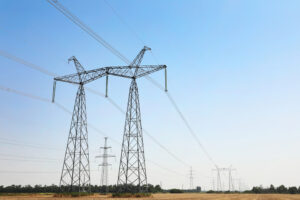Recently the Indiana Court of Appeals heard a case between Indiana school corporations and the State of Indiana regarding a political subdivision’s ... Read More
Eminent Domain
Update on Indiana Eminent Domain Law: Duke Energy, LLC v. Bellwether Properties, LLC
Bellwether Properties, LLC, (“Bellwether”) owned property encumbered by a 10’ utility easement owned by Duke Energy, Indiana (“Duke”). Duke owned a ... Read More
Taking Access Rights and Altering the Nature of Property Can Have Lasting/Devastating Effects
Taking access rights to commercial or special use properties can be devastating to the business operated on site as well as the remaining value of the ... Read More
Delays on I-69 Construction Project and the Impact on Section 6 Land Acquisitions
By now I’m sure all Hoosiers are well aware that the construction of I-69 Section 5 between Bloomington and Martinsville has been significantly ... Read More
The Impact of IndyGo Red Line Project for Broad Ripple Property Owners
The City of Indianapolis’ most recent effort in “rapid transit” is the IndyGo Red Line. Phase 1 of this project is estimated to cost $96 million. It ... Read More
How to Read a Right-Of-Way Appraisal
If you've ever bought or sold a home or any type of real estate, you have almost certainly seen (and hopefully) read a real estate appraisal. ... Read More





